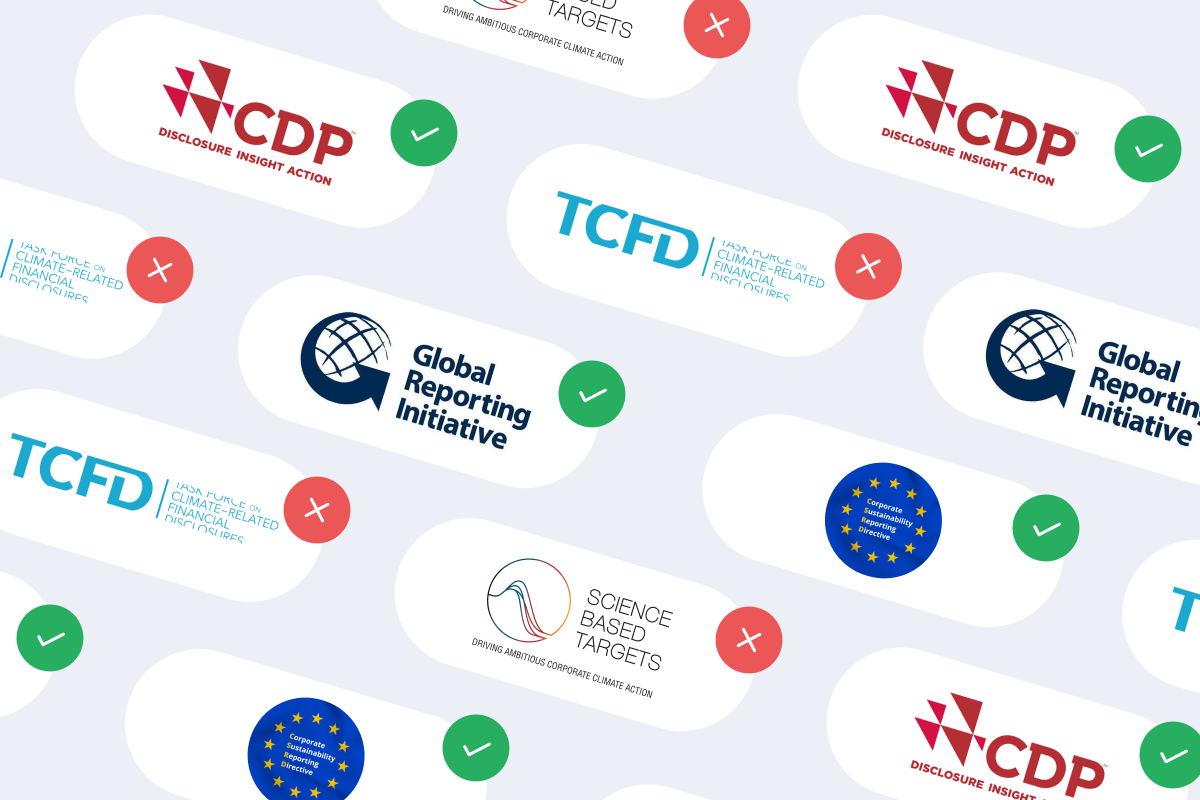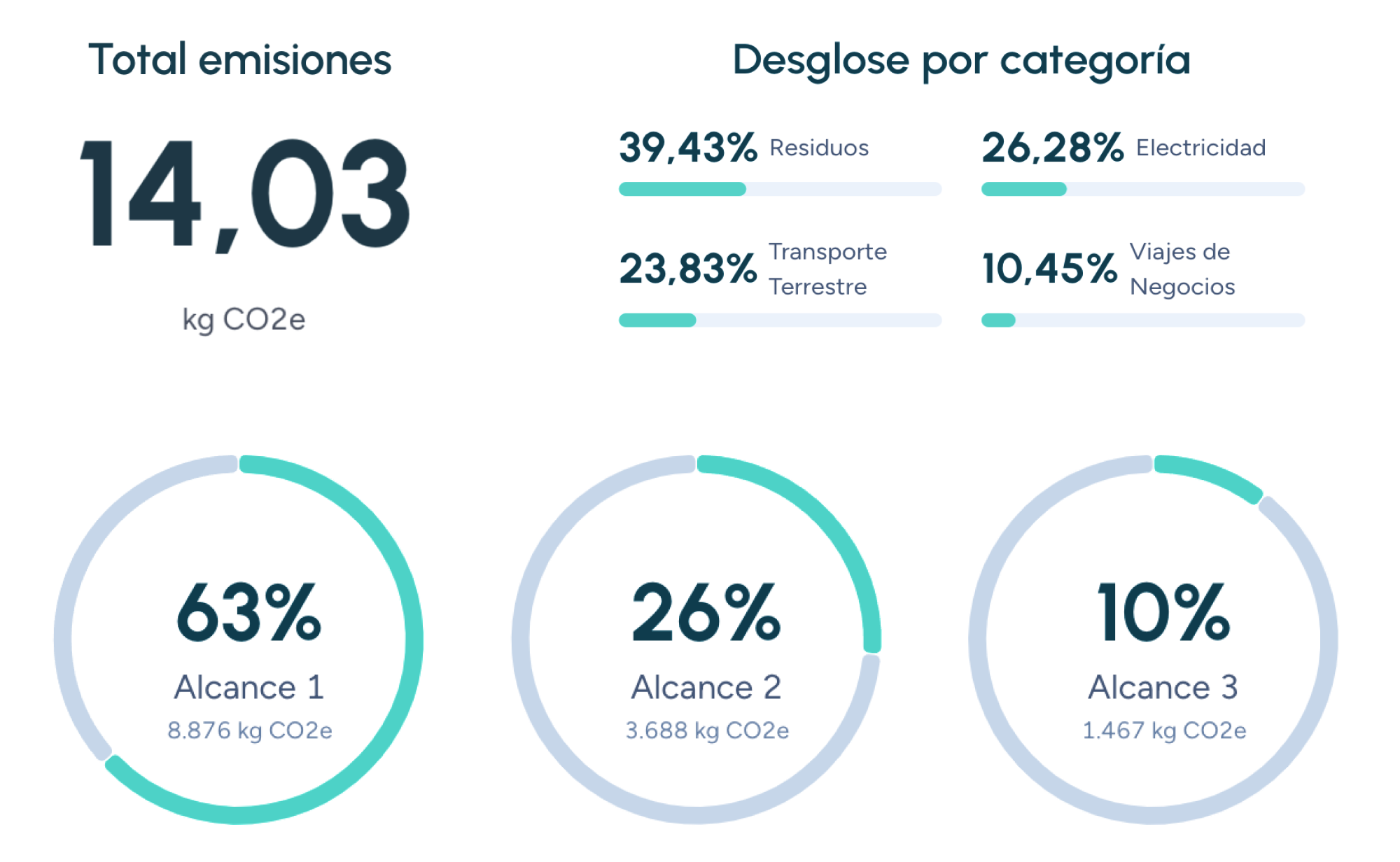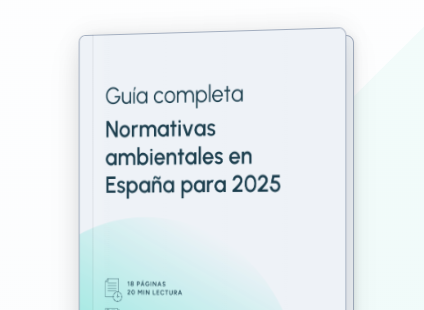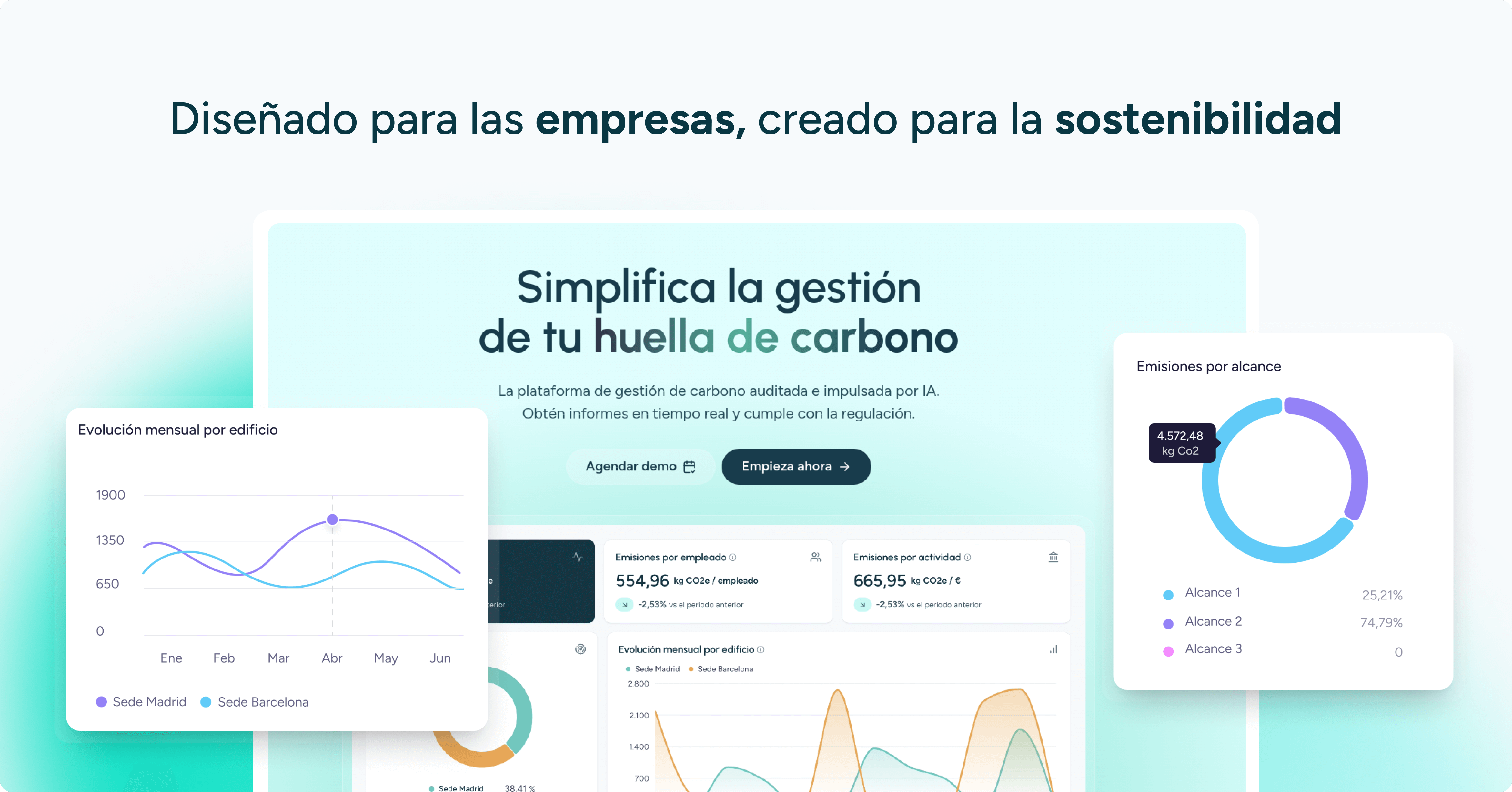Product Carbon Neutrality
Product carbon neutrality is achieved when the total greenhouse gas (GHG) emissions generated throughout a product’s life cycle are balanced with equivalent reductions and/or offsets, resulting in a net-zero balance. It is also known as a “net-zero product” or “carbon neutral product.”
Certification Protocol
- Measurement: calculate the Product Carbon Footprint (PCF) following ISO 14067 or the GHG Protocol Product Standard.
- Reduction: implement ecodesign strategies, renewable energy and efficiency measures to lower the footprint.
- Offsetting: purchase verified carbon credits (Gold Standard, VCS) for residual emissions.
- Verification: independent audit (Carbon Trust, Climate Neutral Certified).
- Communication: carbon-neutral label with a defined validity period (usually 1–2 years).
Standards and Guidelines
- PAS 2060 (BSI): requirements for carbon neutrality claims.
- ISO 14068 (under development) on climate neutrality.
- SBTi Net-Zero Standard: residual emissions ≤10% and offsets restricted to carbon removal.
Benefits
- Market differentiation and access to corporate buyers requiring low-carbon procurement.
- Policy compliance: green public procurement and eco-labelling regulations.
- Alignment with corporate and national net-zero targets.
Challenges and Criticisms
- Dependence on offsets instead of absolute emission reductions.
- Variable credit quality and permanence of carbon-removal projects.
- Risk of greenwashing if communicated without methodological transparency.
Best Practices
- Prioritise internal reductions ≥50% before offsetting.
- Select verified projects with social co-benefits (Gold Standard).
- Review annual inventories and update emission factors regularly.
Product carbon neutrality is an ambitious goal requiring rigorous measurement, effective emission reduction and high-integrity offsets, communicated transparently to build trust.
Companies that already trust manglai





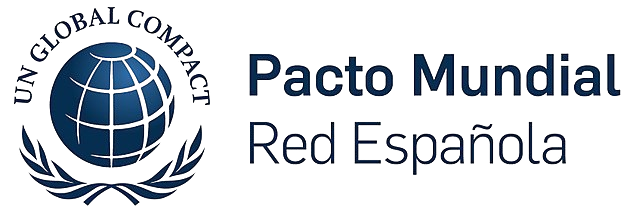








2030 Agenda
The 2030 Agenda is the action plan adopted by all 193 Member States of the United Nations in September 2015.
Blue economy
The blue economy promotes the sustainable use of marine resources to drive economic development, protect the environment, and foster social well-being, addressing challenges such as climate change and marine pollution.
COP (Conference of the Parties)
The COP (Conference of the Parties) is the supreme decision-making body established under the United Nations Framework Convention on Climate Change (UNFCCC).
Guiding businesses towards net-zero emissions through AI-driven solutions.
© 2025 Manglai. All rights reserved
Política de Privacidad